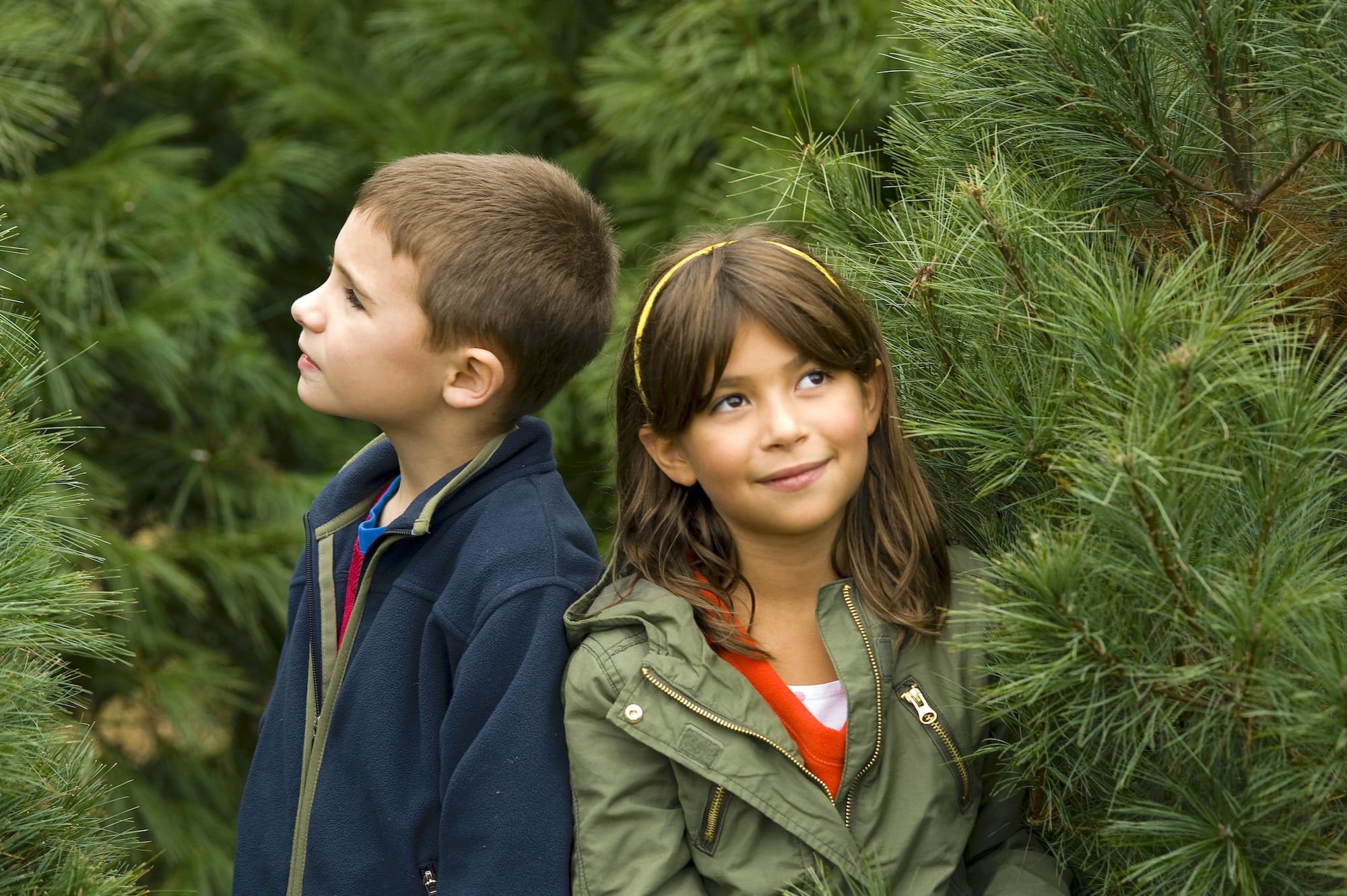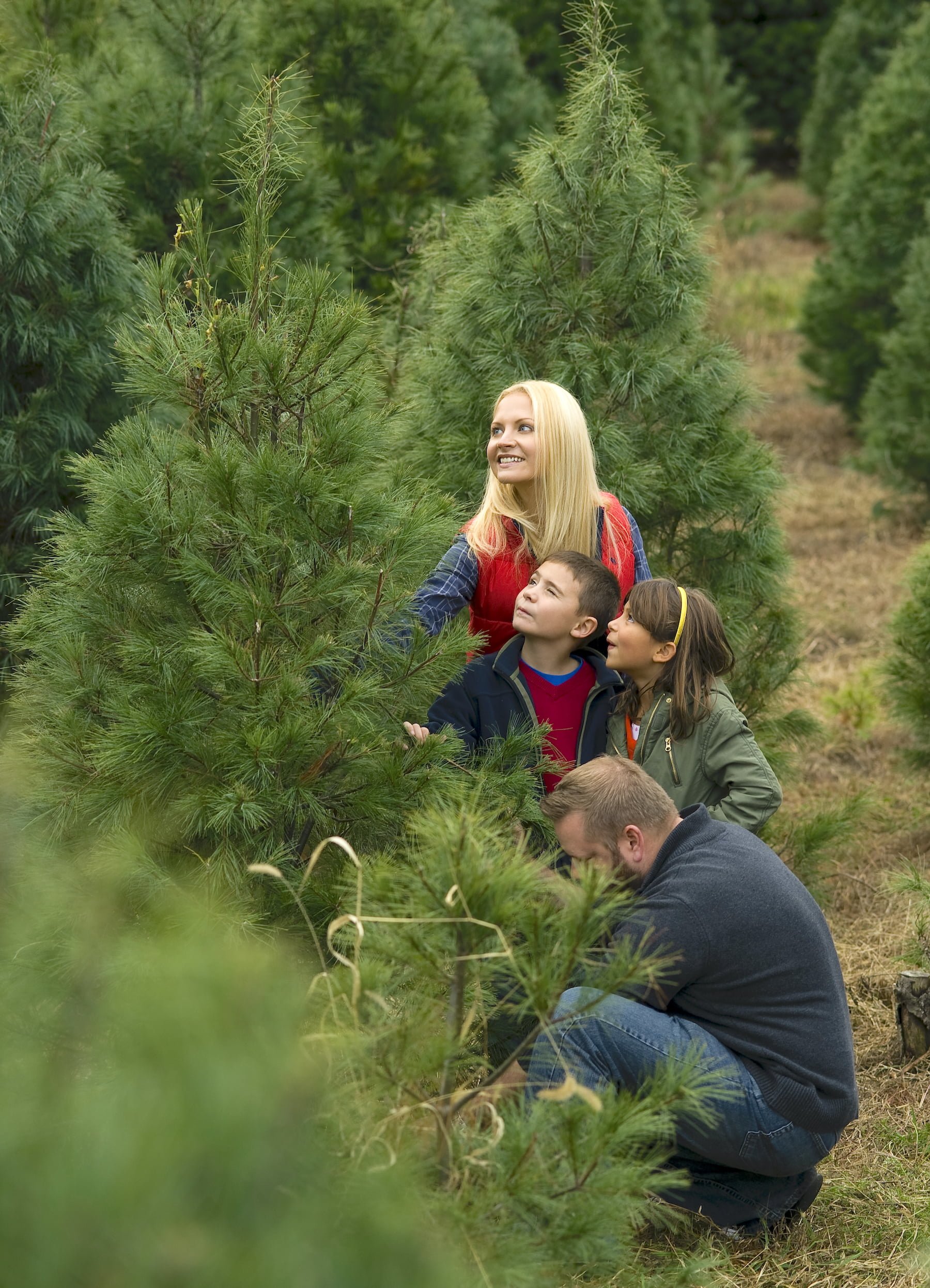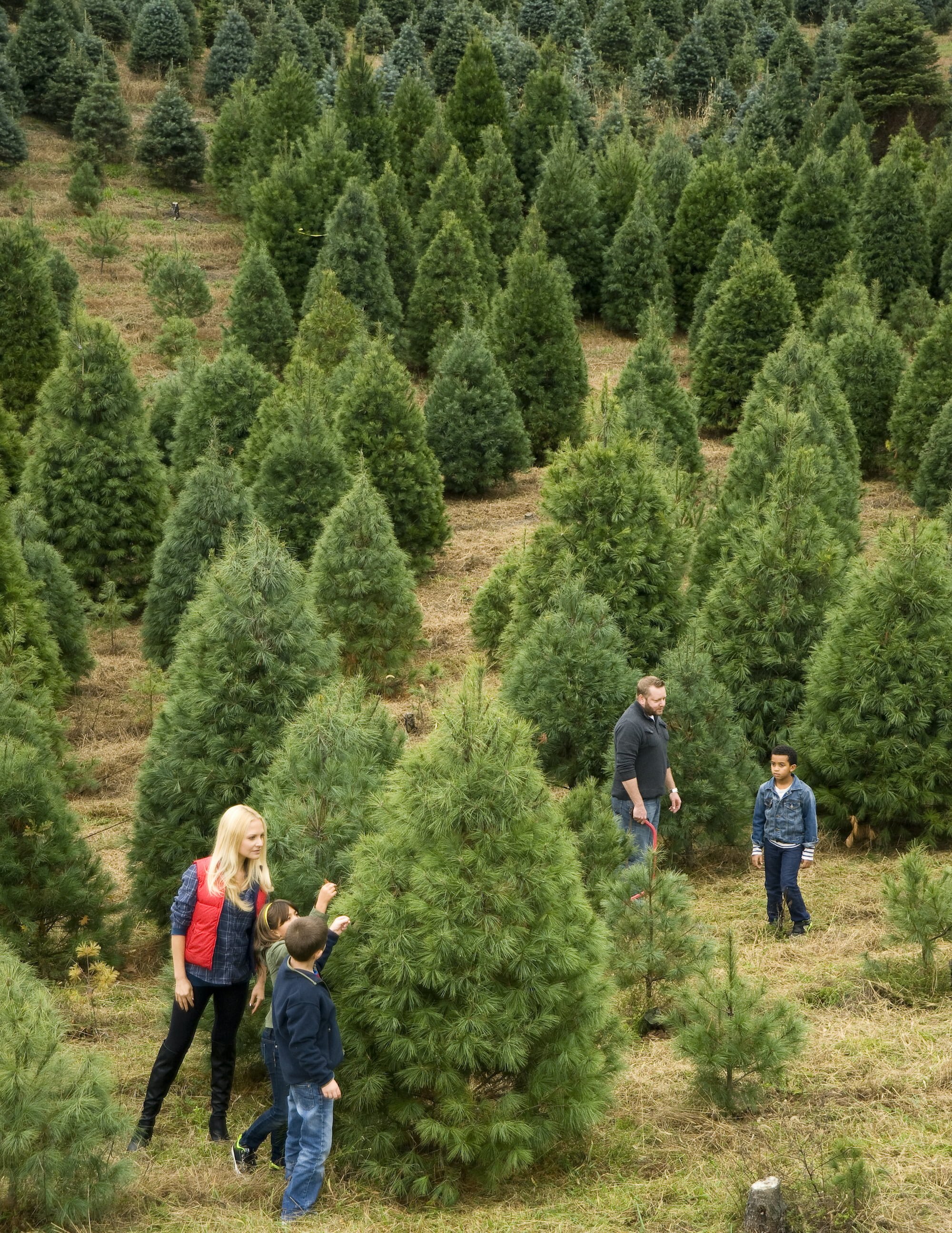A Real Christmas Tree vs. Artificial: The Great Green Christmas Tree Debate
Which type of Christmas tree is greener? What’s the true difference with a real Christmas tree vs. artificial ones? We’re looking at the research to find out the most eco-friendly option to celebrate the holidays.
We all have a different idea of what a traditional Christmas looks like. Some take solace while packing their tree away that it will be reused year after year, saving money and the lives of beautiful evergreen forests.
Others feel the connection to nature while hunting down the perfect tree, safe in the knowledge that their tree will provide mulch after it has performed its cheerful holiday duty. And so far, both sides have seemed accurate in their assumptions.
Until now. It seems that one side has a slight edge over the other, and it might come as a surprise that the suggestion is this: go natural. Yup. According to Growing a Greener World, the environmental impact of a faux Christmas tree far outweighs the concept that you’re actually cutting down a tree.
A REAL TREE IS THE GREENEST CHOICE
Artificial trees don’t biodegrade when they are finally disposed of, unlike real trees. These trees are also made with potentially toxic materials, namely PVC plastics made from petroleum and heavy metals mined from the earth, sometimes including lead. Some states even require labeling that trees are hazardous to one’s health.
The fact that many cities, towns and villages mulch Christmas trees when they’re discarded gives the real trees two lives; one as a heart-warming holiday remembrance, the other in town-wide planting.
Also, given the complex chore of simply getting a cut tree home, it can be assumed that we tend to purchase them locally. In comparison, the average store-bought cardboard-packaged artificial tree has traveled thousands of miles (often from China) to reach the store, then several more miles to grandmother’s house we go. It may not sound like much, but the energy used to get that tree to its final destination adds up.
Christmas tree farms grow trees year round, meaning these trees are absorbing carbon throughout the year.
If these facts aren’t enough, the numbers may be the best proof yet to switch to natural. On average, an artificial tree produces 8.1 kg of greenhouse gases per year (source).
OR KEEP YOUR ARTIFICIAL TREE FOR 20 YEARS
Interestingly, it even states that an artificial tree would need to be kept for at least 20 years in order to have lower contributions to climate change than the natural alternative. The current average for each fake tree’s usage is 6 years.
But, really, what matters in the end is what the tradition looks like to each of us. We can take this information to heart and make a concerted effort to “go natural” this holiday season. We can also decide that our year-round efforts are enough, and that this one choice towards the artificial isn’t a life-altering deal. We could also take it one step further and drastically decide to deck the halls in a manner that avoids both options, going tree-free or by decorating an outside evergreen instead.
Make sure to you compost your tree at the end of the holiday so it can be turned back into a nutrient rich soil.
Whatever you choose is what’s right. This season is about our very personal choices in creating tradition, and if you were raised with a multi-colored strung fake tree, go for it! If you were raised with the scent of fresh pine and sticky sap fingers filling the trough with water, enjoy it! But, let’s put this one eco-debate to rest once and for all.



